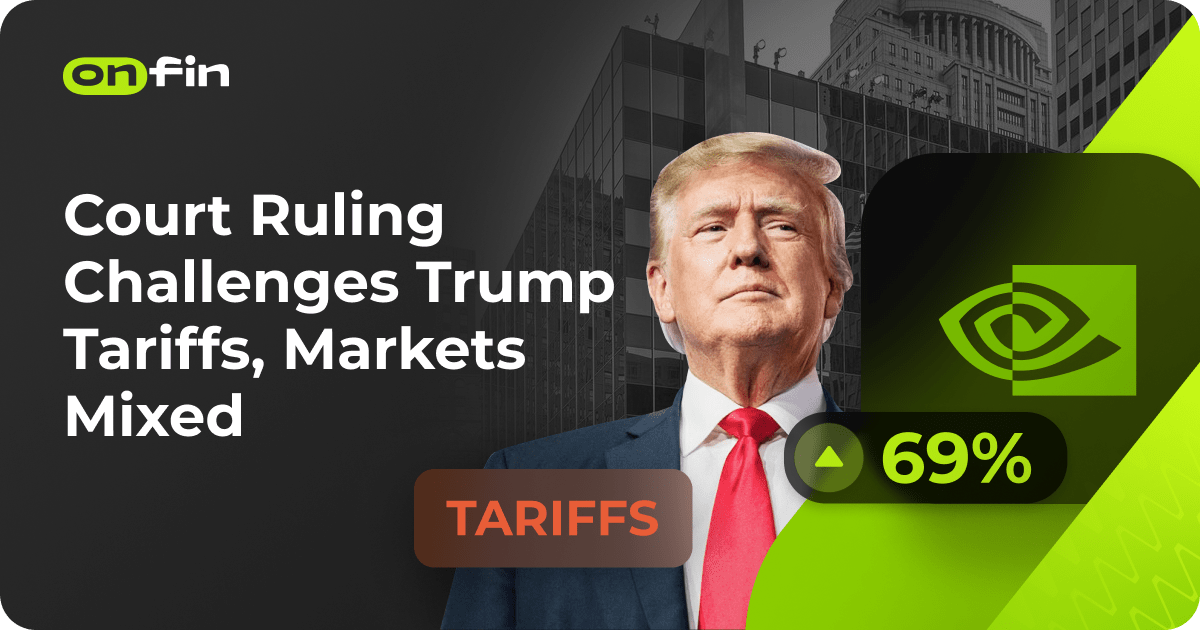Global financial markets responded with mixed movements on Thursday after the United States Court of International Trade (CIT) issued a ruling that directly challenged the scope of President Donald Trump’s authority to impose broad-based tariffs. The court ruled that the administration had overstepped its legal boundaries when it enacted a sweeping 50% tariff on imports from allied nations earlier this year, on April 2. In a swift response, the U.S. government filed an appeal, questioning the very jurisdiction of the CIT, according to a Reuters report.
This legal challenge introduces a new dimension of uncertainty into the ongoing saga of U.S. trade policy. Although the CIT’s ruling does not immediately revoke the tariffs, analysts warn that the case could mark the beginning of a prolonged legal battle. “This doesn’t necessarily mean the tariffs will disappear anytime soon,” noted Lale Akoner, a Forex market expert. “The federal appeals court may view the administration’s actions more favorably. However, this ruling does send a strong signal that judicial scrutiny is intensifying and could ultimately escalate to the Supreme Court. The implications for global trade and financial markets could be profound.”
The prospect of a lengthy legal dispute over tariff policy dampened investor sentiment in Europe. Most major European stock indices closed the day with mild losses or barely any gains, reflecting caution as traders attempted to price in the impact of potential shifts in U.S. trade enforcement.
In contrast, Wall Street ended the day on a strong note. All three major indices — the Dow Jones, S&P 500, and Nasdaq Composite — posted gains, buoyed in part by impressive corporate earnings from Nvidia. The tech giant reported a remarkable 69% increase in quarterly revenue, exceeding analysts’ expectations and reinforcing investor confidence in the ongoing strength of the artificial intelligence and semiconductor sectors.
Nvidia’s results helped offset concerns over geopolitical risk, particularly for tech-heavy portfolios. Its performance was interpreted by many traders as evidence that, despite macroeconomic headwinds and regulatory friction, innovative sectors continue to offer upside potential.
While the CIT’s decision adds complexity to the future of tariff enforcement, the market’s reaction suggests that investors remain divided. Some see the ruling as a necessary check on executive overreach and a step toward rebalancing international trade practices through legislative and judicial means. Others, however, worry that prolonged litigation may paralyze economic policymaking at a time when clarity is badly needed.
Looking ahead, the spotlight will remain on developments in the U.S. court system, as well as any diplomatic responses from affected trading partners in Europe and Asia. The potential for retaliatory tariffs or renewed trade negotiations could shape market sentiment in the coming weeks. In the meantime, investors continue to monitor earnings reports, inflation indicators, and central bank commentary to navigate a highly fluid economic environment.







